How BMW’s Z4 Roadster Stacks Up against Competition
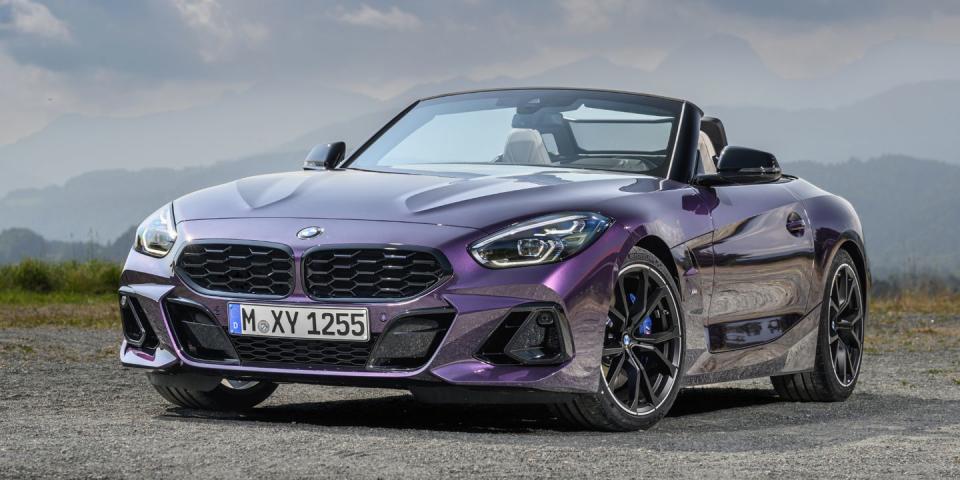
BMW has given the Z4 roadster a facelift and made the previously upper-tier M Sport Package standard across trims for 2023.
Pricing starts at $53,795 for the four-cylinder sDrive30i model and $65,295 for the six-cylinder M40i model, situating the drop-top in a unique price range.
Sharing a platform with the Toyota Supra since 2020, the Z4 nameplate has held strong for 20 years by leading sales in a lagging segment.
The British roadster originated as a foreign concept to the American populace. With only two seats, measly engines, and the minimum amount of storage possible, the character of these English-born vehicles was opposed to the traditional conceptions of performance and practicality displayed by domestic manufacturers. The roadster managed to stick around anyhow, largely due to global demand, and a few key models survived.
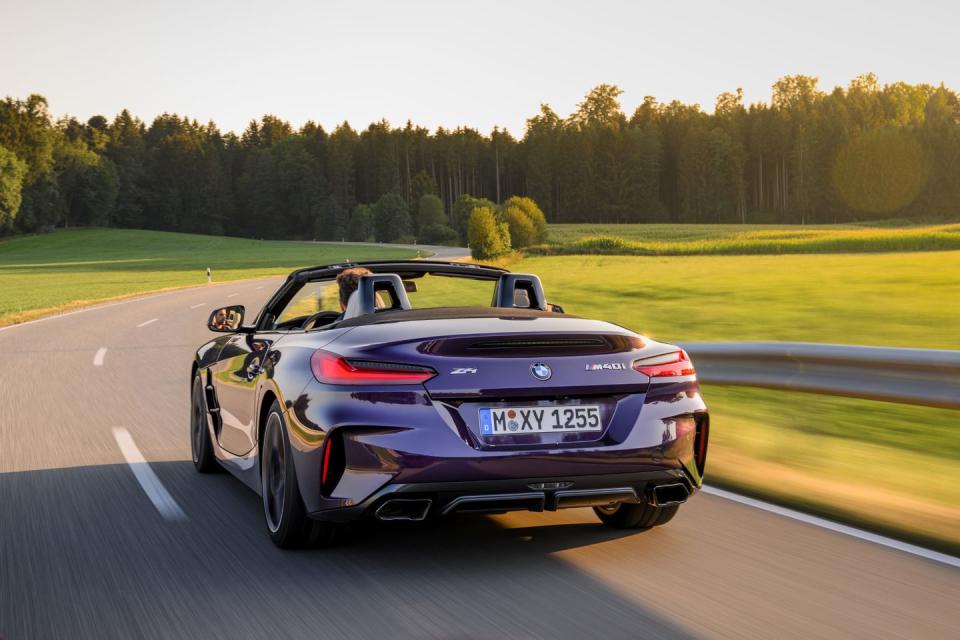
Namely, BMW’s Z series roadster has been produced for 35 years, starting with the Z1 and continuing on to the modern Z4. The Z4 has been revamped for 2023 with a number of cosmetic touches and the addition of driving packages, though the chassis remains the same from its 2020 launch. Specifically, the M Sport Package is now standard across trims, including stylized grille-seated air intakes, a re-designed side sill, and a new rear apron. New add-ons for 2023 include a set of model-exclusive 19-inch M light-alloy V-spoke design wheels, three new paint colors (Thundernight metallic, Portimao Blue metallic, and Skyscraper Grey metallic), and adaptive LED headlights. Buyers will have to choose between the 2.0-liter, 255-hp turbocharged four-cylinder sDrive30i model or the 3.0-liter, 382-hp turbocharged inline-six-cylinder M40i model, with MSRPs at $53,795 and $65,295, respectively.
Altogether, the BMW Z4 is looking refreshed for 2023, though the model itself is almost 20 years old at this point. As Toyota co-develops the Supra with BMW’s Z4 and the demand for roadsters wanes, does the Z4—and roadsters in general—have a place in future car markets?
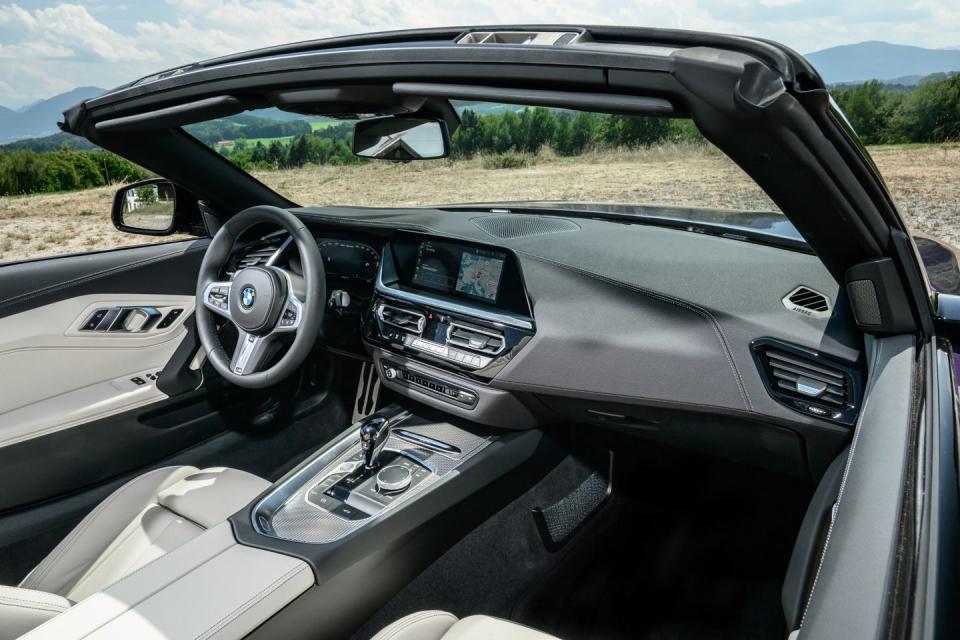
The Z4 is an outlier in its market segment pricing and its competitors aren’t exactly direct, either. Mercedes sells a four-seat C300 Cabriolet that falls in between Z4 trims at $55,400 but is decidedly not a performance-oriented model. And Audi sells an AWD TT Roadster in the same price range as the Mercedes, but it fails to achieve the proper two-seat roadster configuration. Mazda’s MX-5 is the closest competitor in true roadster form and yet the $20,000 price difference and power discrepancies don’t make it a fair comparison. From a price and application standpoint, the Porsche 718 series of Cayman and Boxster are the closest competitors, though only the base models cars are truly comparable.
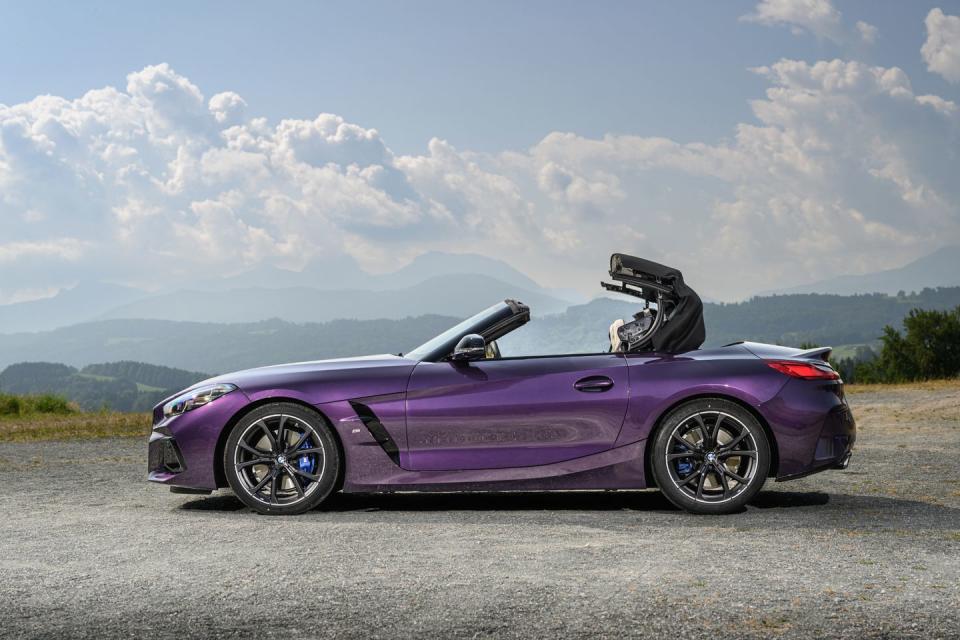
From a sales perspective, BMW says it’s sold 55,000 units of the third-generation Z4 globally since its launch in 2020. Compared to Porsche’s 718 Boxster and Cayman sales from the same time period, with a grand total of 52,063 units sold, BMW’s number indicates a fair market segment competition. It’s important to note that Porsche combines hardtop Cayman and convertible Boxster sales, in addition to grouping $61,850 base model car sales with $143,050 Cayman GT4 RS sales.
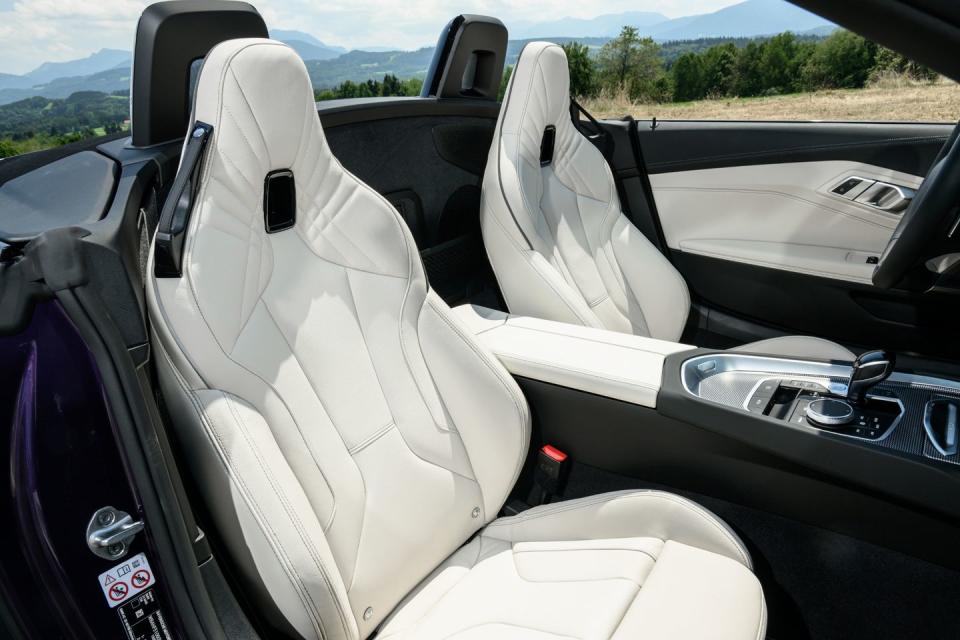
This means the drop-top Z4 isn’t doing too bad. Sharing development costs with Toyota doesn’t hurt, either, and it may allow the Z4 to stick around even longer. As Toyota markets the legacy nameplate as a halo example of enthusiast engagement, the BMW-derived platform is quickly gaining notoriety and is unlikely to stop production anytime soon. There are slight differences between the hardtop Toyota and convertible BMW, namely a roof, but a ready-to-go chassis and drivetrain package make producing the Z4 almost too easy. Both models are making money for the folks in Munich anyway.
In fact, the key to the Z4’s success is that it exists under a shared platform and has few natural competitors. Roadster buyers are rarely trying to meet all of their needs with a two-seater, with the convertible often being used as a second car. And the price point and more luxurious nature of the BMW means that hopeful buyers aren’t likely to cross-shop the Miata and Z4. Convertible shoppers with an interest in performance and a middle-of-the-road budget can look no further unless they want a Boxster that is. Either way, the BMW Z4 should be here to stay.
What do you think stacks up against the BMW Z4? And do you think it’s long for this world? Share your thoughts in the comments below.

 Yahoo Autos
Yahoo Autos